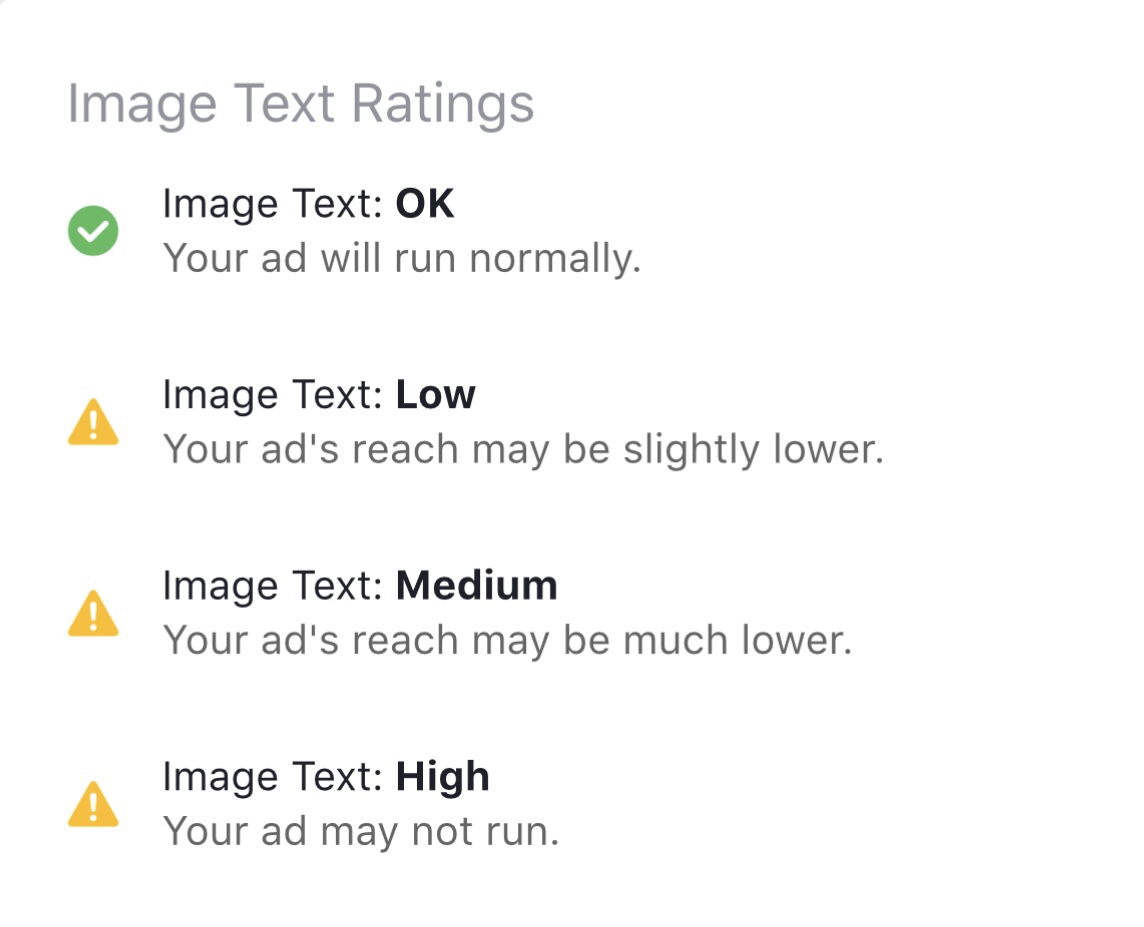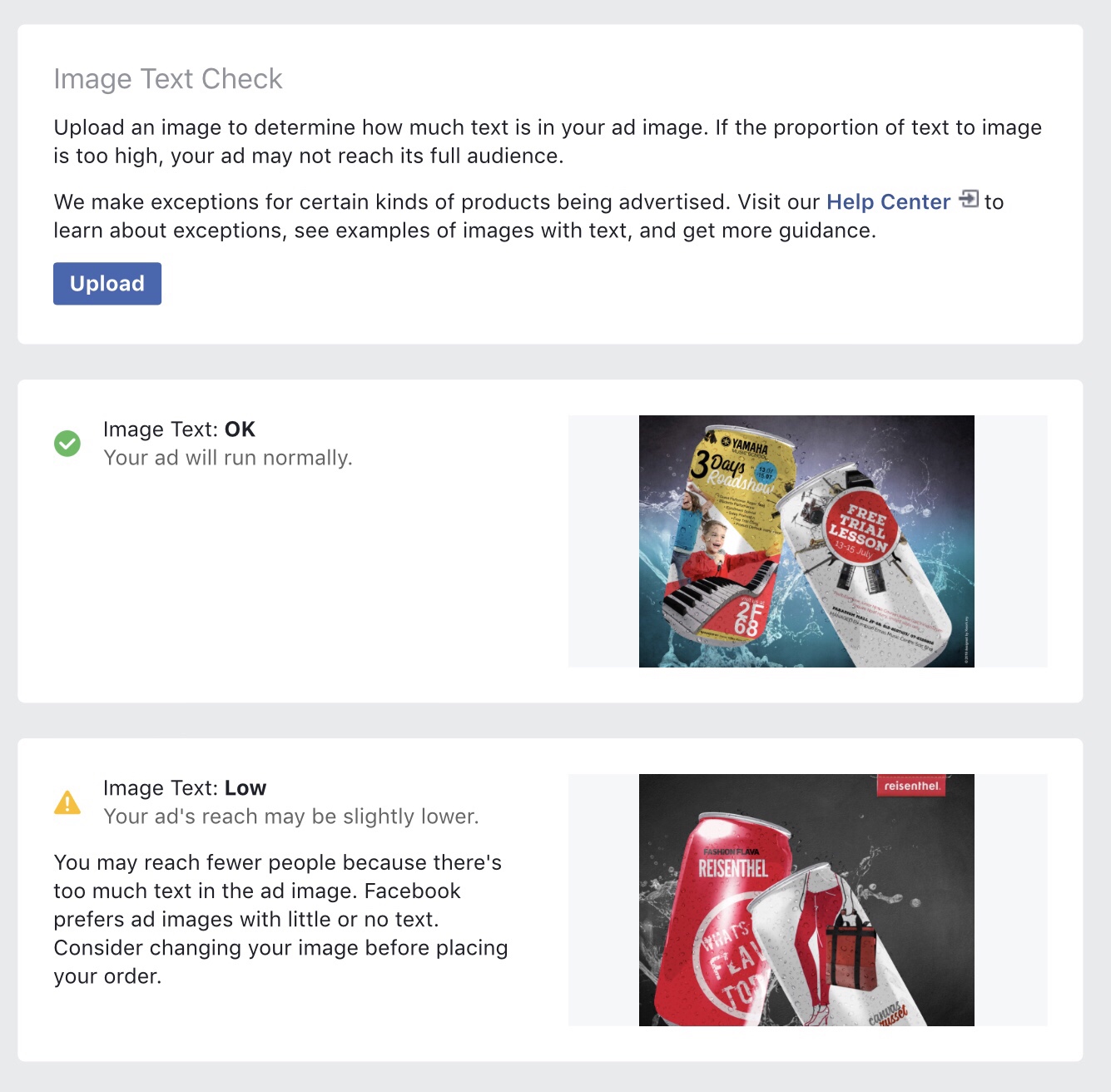You’re here and reading this for a reason.
If you’re managing Facebook Pages or Ad Accounts either as an individual or brand owner, as a freelancer, or you’re from an agency working with clients on Facebook advertising, you’ve probably noticed a drop in traffic for the month of August.
Chatters online suggested that Facebook “did not really care about working with publishers“, as much as they still want YOU to cough up the cash as part of their ongoing advertising revenue. So, what’s with this one-sided deal especially when we’re paying for a service to begin with?
Today, we’ve trawled the net and researched quite a bit to find ways to counter this. There’s probably no point in dropping Facebook support a message because (and for those of you who’ve contacted them before), you’ve probably received (or read about in their online knowledge base) that their customer support will attend to your enquiries with stuff that probably don’t work. They might point you to a few links so you can further read up (and be confused).
And nope, they won’t be responding to subsequent comments that you’re posting in the same help thread. That’s Facebook.
So, if you’re looking at ways to improve upon your traffic, reach, engagement, and subsequently sales conversion, some of these tips may come in handy for you!
How to Get Your Traffic Back
1. Posts without external links
Facebook wants you to remain on their network, and now they are literally punishing those who’ve included external links in their Facebook Ads that may divert the readers to an external site.
This came across as pretty ironic considering that, well these are Sponsored or Promoted Posts and it makes a whole lotta sense if the advertiser’s ad is redirecting a potential customer to a website or online store to continue the path to conversion for a particular product or service. But nope, Facebook wants the upper hand, a low blow so to speak — so they’ll just throttle your reach.
So to counter this, ensure that your Facebook Ad is composed of either Images, or Videos, with the ad copy and leave out the external link. You can try inserting the link digitally into the image, or circumvent it by way of leaving out the “www” (just example.com) for instance. This way it would not be detected by the system and the algorithm may treat this post differently and show it to more people.
Alternatively, you can create a new ad via the Facebook Editor and there’s an option to insert your website or online store link via a Facebook approved “Shop Now” button, amongst other stuff.
2. Image posts with text overlay
Facebook used to be anal about having too much text on images, or it’s probably something that bothers Mark Z, but we’ll never know. But what we do know is, it’s either we play by the rules, or we try to circumvent it. It used to be a 20% text in image restriction, but they’ve since relaxed it a bit and came up with a few classifications such as the following, but take it with a grain of salt as it’s probably still subject to their unpublished Facebook Brand Book that’s ever evolving.

(a) First of all, the easy way out. Once you’ve done your artwork, put it through this and see if it’s rated OK or otherwise. Trust us you’re saving your ass and time on this one.
(b) If you still want to include a ton of text and fool your way through the Facebook detection system, we’ve found that by Photoshopping text (we did a whole chunk of it!) into product images in an ad creative can actually beat the system. Like the following ads filled with words, for instance.

3. Facebook Live
Word on the street is that, Facebook Live performs best right now aside from Video Ads. But what if you’re shy or not camera ready? Ever had a friend or family member share one of those Facebook Live Feeds hawking yet another crystal-related auction? Yeah, it’s boring. Which brings us on to the next …
4. Video Ads
As much as we’re not fans of video ads, but we do craft the occasional clips for ad purposes. There are many ways to do this, either through an app, a piece of software, via an online subscription service, or even via Facebook itself (images relegated as a slideshow). So give this a try!
5. Copywriting
Your ad copy, or piece of written content that aims to increase brand awareness and ultimately persuade a person to buy should be succinct, as most marketers understand it to be. Facebook used to like that, but according to what we’ve read, Facebook now prefers a longer ad copy and this would justify a wider reach. Adding additional text to your post shouldn’t be a problem, so it’s worth giving this option a try.
PS. Some of these artworks can be reference from our design portfolio, here.



